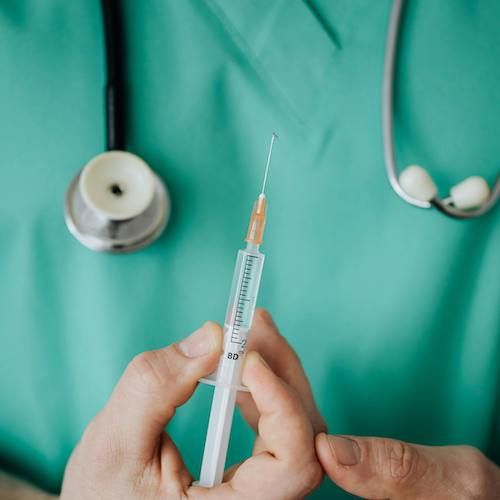Video
Gentle Cleansing Routine to Help Manage Atopic Dermatitis
Author(s):
Andrew Alexis, MD, MPH, FAAD: As important as moisturization is, there is also cleansing what our patients use to bathe with to cleanse their skin. Traditional soaps are particularly drying on the skin, and we recommend moisturizing soaps, which have gentler surfactants and couple the surfactants with moisturizing ingredients. You are getting some degree of moisturization even while you are bathing or showering. That is something else to keep in mind.
What about bleach baths? We hear a lot about bleach baths, especially in the pediatric population. Candrice, do you use bleach baths? If so, how do you use them? What are the instructions?
Candrice Heath, MD: When I am treating atopic dermatitis, thinking about potential infection, and thinking about the higher rates of Staphylococcus aureus on the skin of patients who have difficulty controlling their atopic dermatitis, it is always part of the plan. But sometimes on the first visit, it is hard to win over the parents by saying that you want to give their child a bleach bath. It can sound very scary. I wait until the second visit to bring it up as part of that treatment plan, to build trust with the patient.
The way I introduce it is that I say that it is like a swimming pool. You are going to create a swimming pool in your own home. You take something that they have done before multiple times and think, “Wow, that has bleach in it. OK, now I understand that. There are some antibacterial properties to this.”
What I do is let the parents know, based on the size of the tub that you are using, whether they are doing a tabletop tube for an infant who may require a small amount of bleach, like just a teaspoon. If you are doing it in the regular bathtub, then I may say you can put a quarter cup of household bleach into the water. This is something that can just be done once a week. I do stand by doing bleach baths for my patients.
I know that most studies are supportive. A few that it does not really make that much of difference. But to my patient population, it has been beneficial. The other caveats are that you want to make sure they are using the regular bleach, not scented at all. You do not want to use the splash-proof bleach because it does not really have bleach in it. You must give them some guides about what to get.
If you build a good relationship with your patients, they will trust you, believe you, and put a little bleach in the water. That can help with not only the bacteria of the skin but also inflammation.
Andrew Alexis, MD, MPH, FAAD: Thank you for those pearls. A resource I use is the American Academy of Dermatology website. You can go to the aad.org website and search for bleach baths. You will find a helpful, short video clip that demonstrates how to do it. That is a good thing for patients and their parents to look at.
Transcript Edited for Clarity





